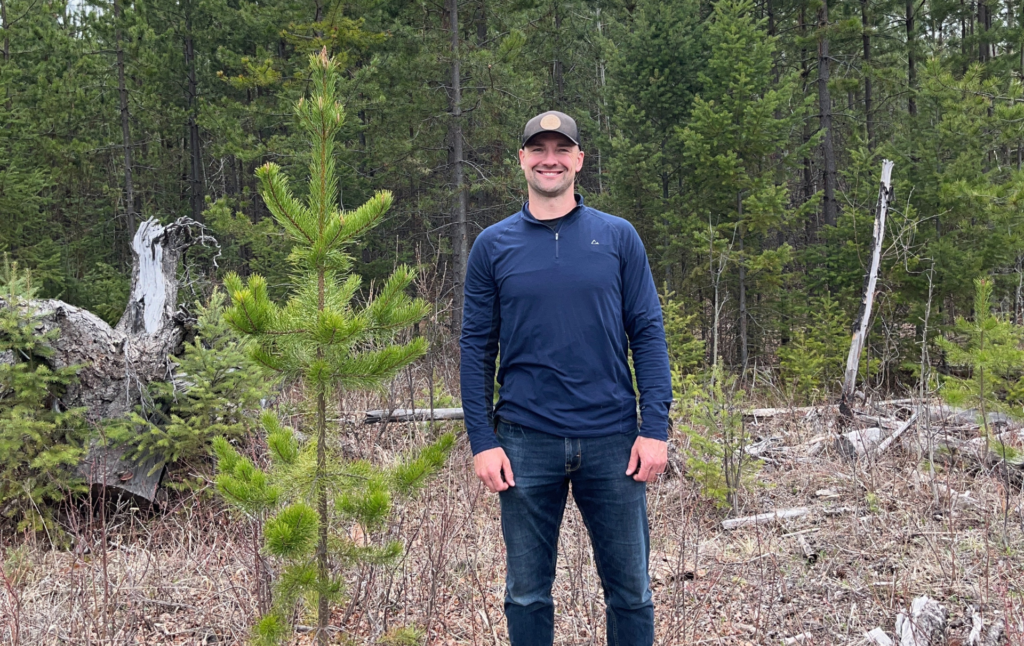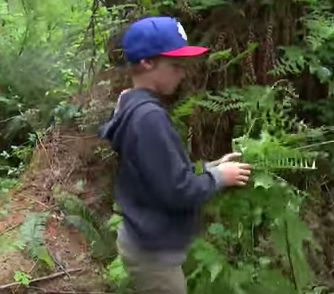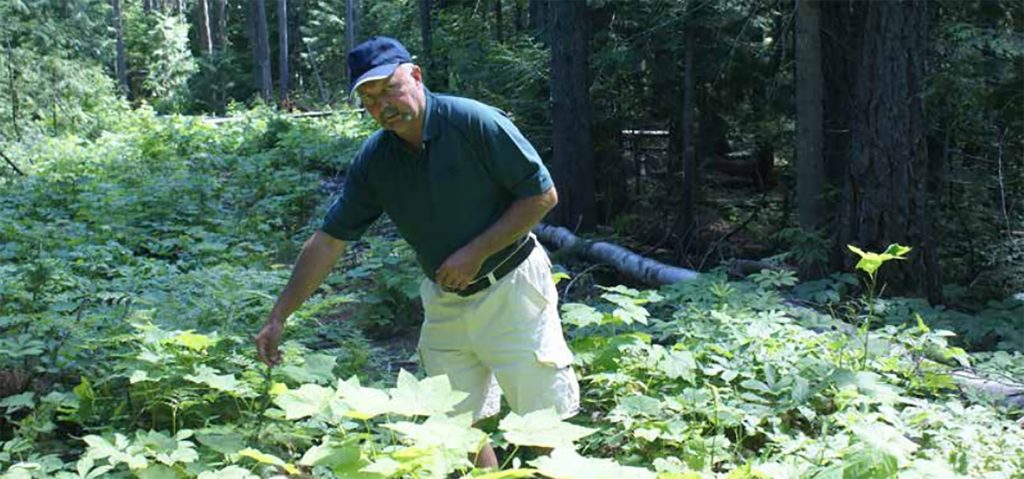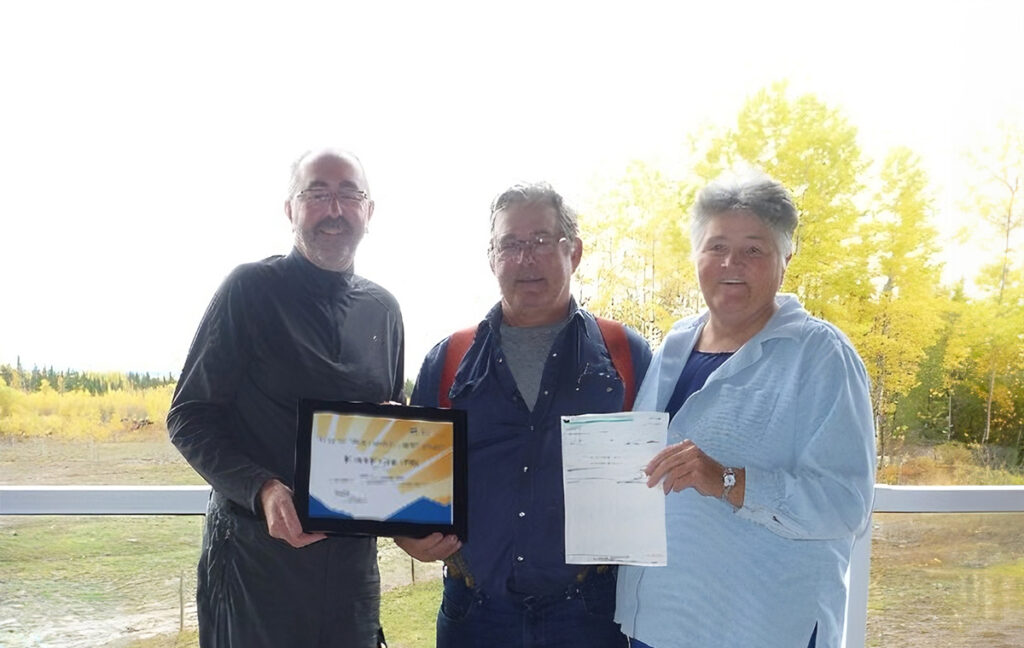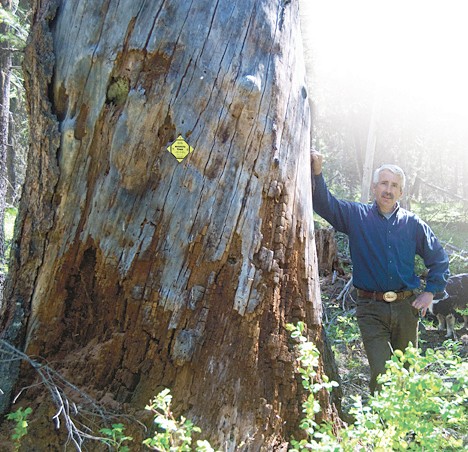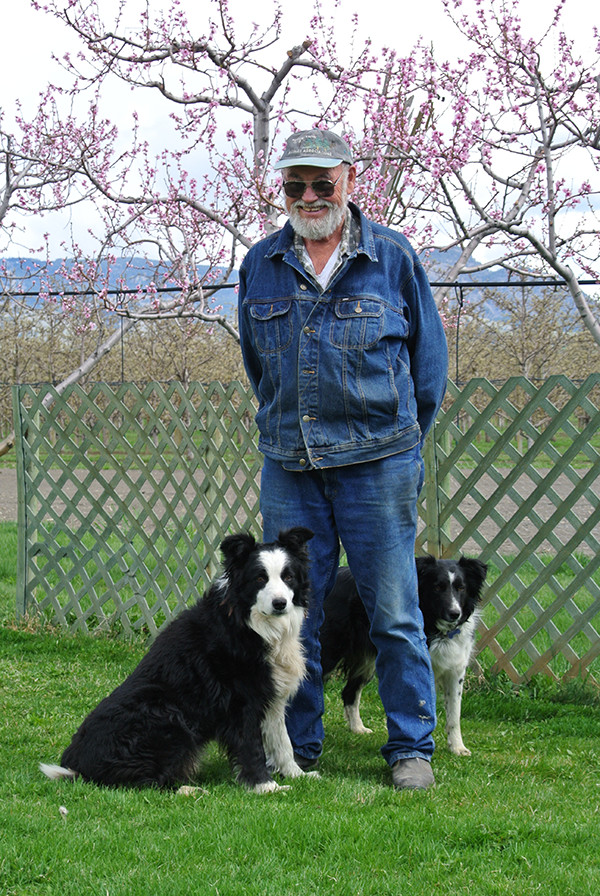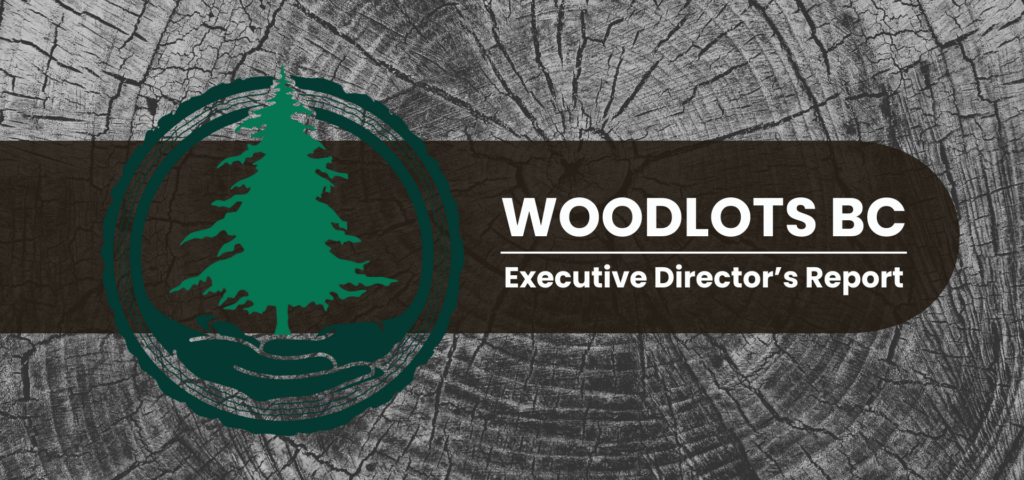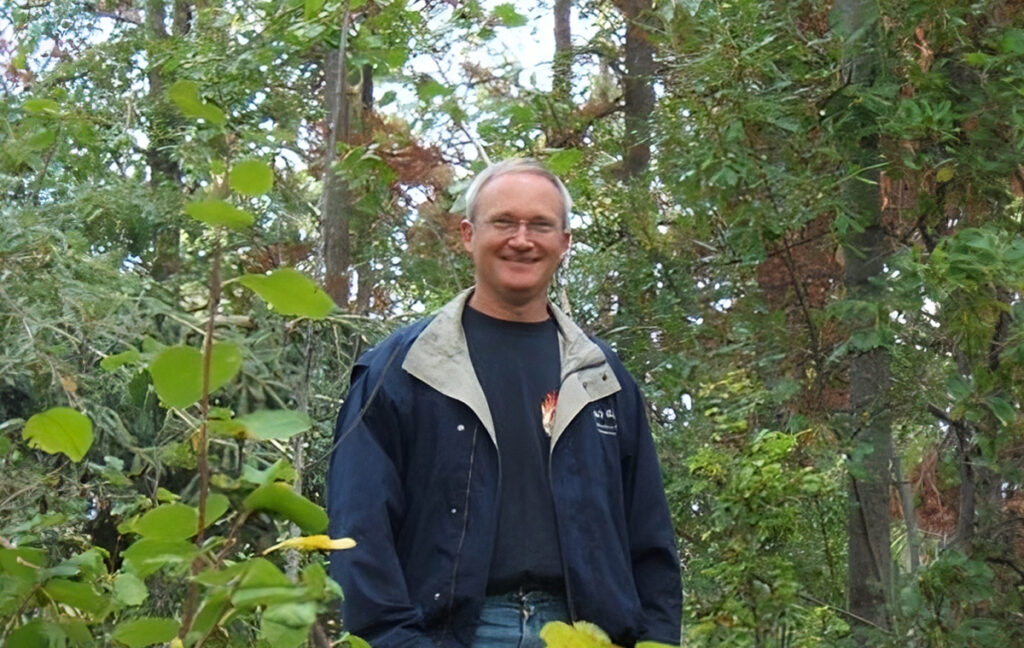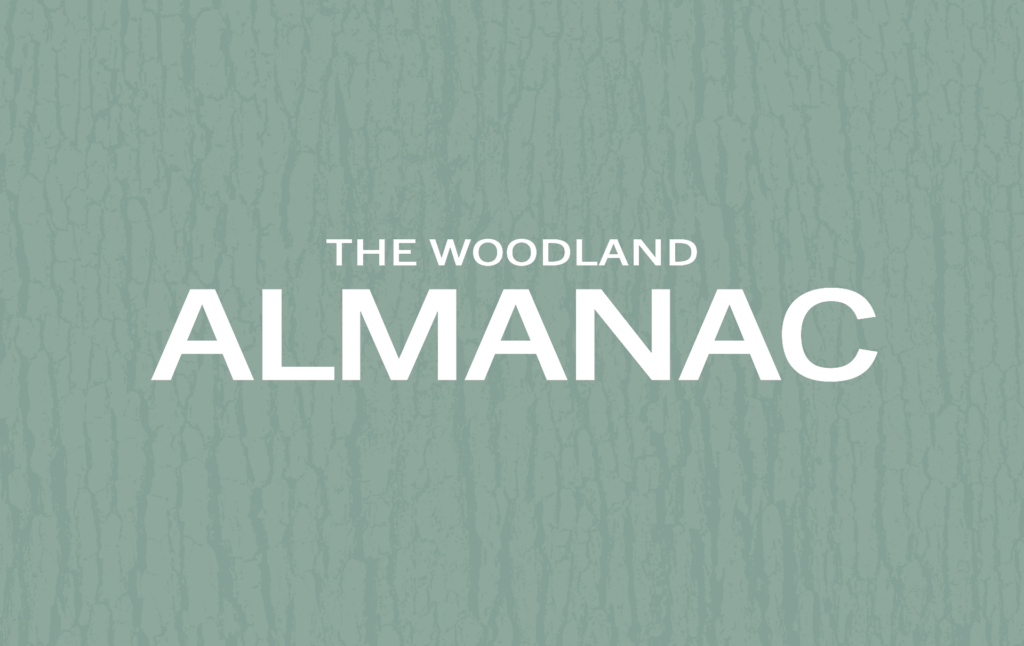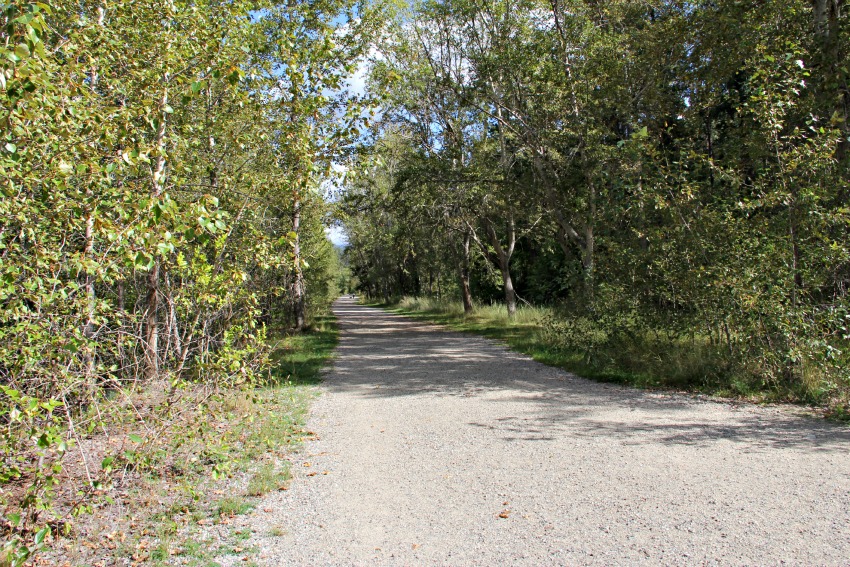By Sarah Sutton
It’s in Reece Allingham’s nature to tend trees.
From his early years growing up on an orchard in Lake Country to university days in the forestry program at UBC, and summers as a wildland firefighter with BC Wildfire Service, Allingham has spent an extensive amount of time trekking through forests.
And today is no different. Allingham is the licence holder for Woodlot 1052, owns and operates Deering Forest Management Ltd., a forestry consulting company specializing in wildfire risk reduction and habitat enhancement projects, and runs Allingham Orchards with his wife, Jill, and family.
“My wife is the daughter of a forester, and her parents are partners in a woodlot, so she grew up spending time on a woodlot, including tree planting. She was very supportive in my passion to acquire a woodlot licence,” says Allingham.
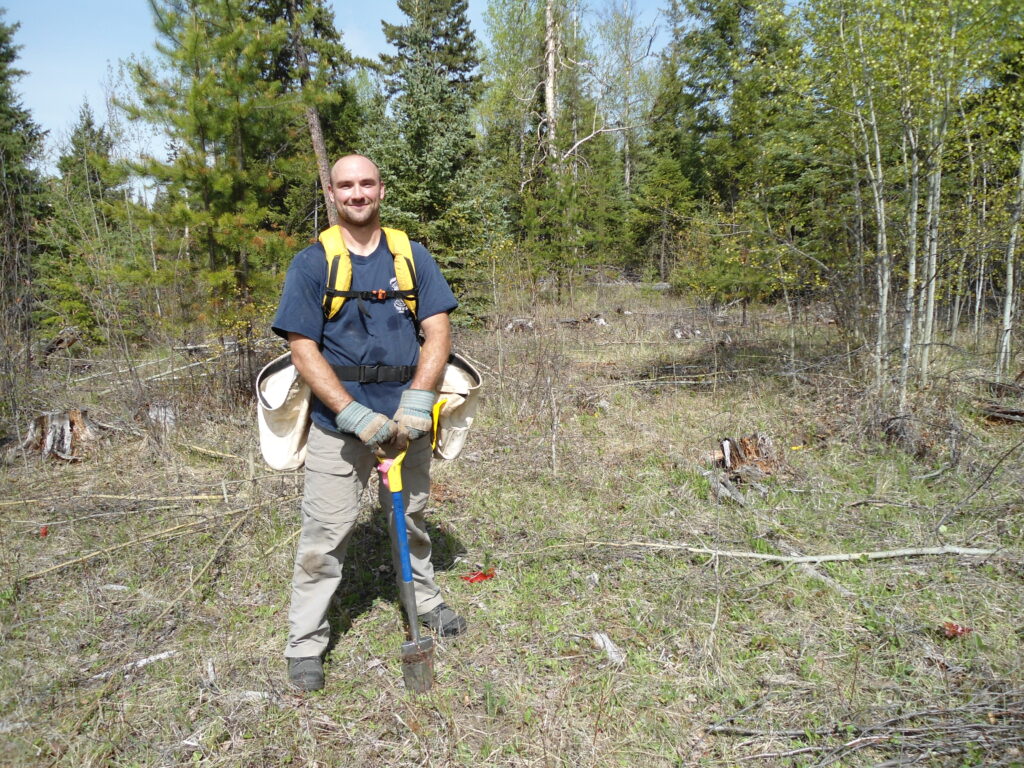
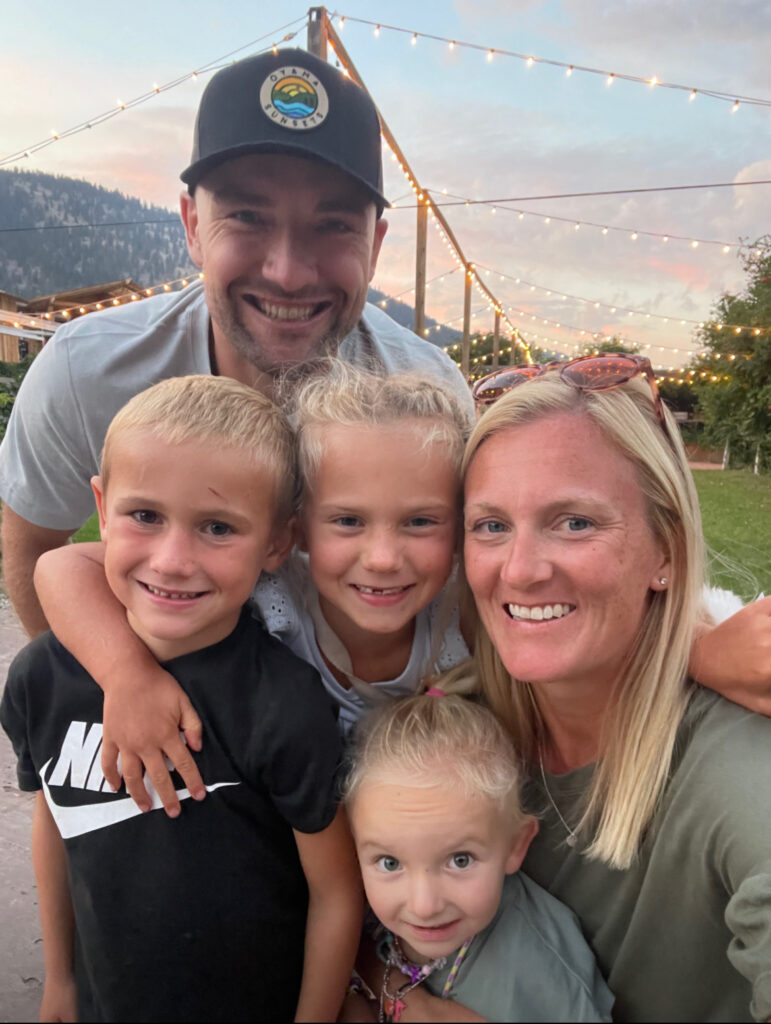
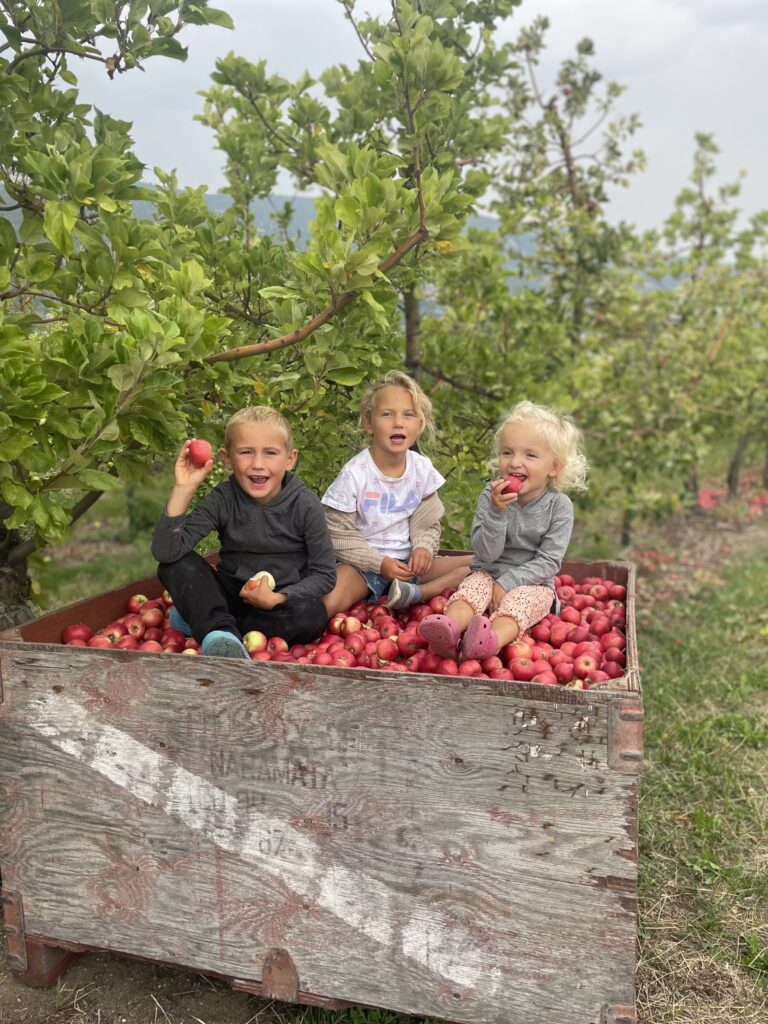
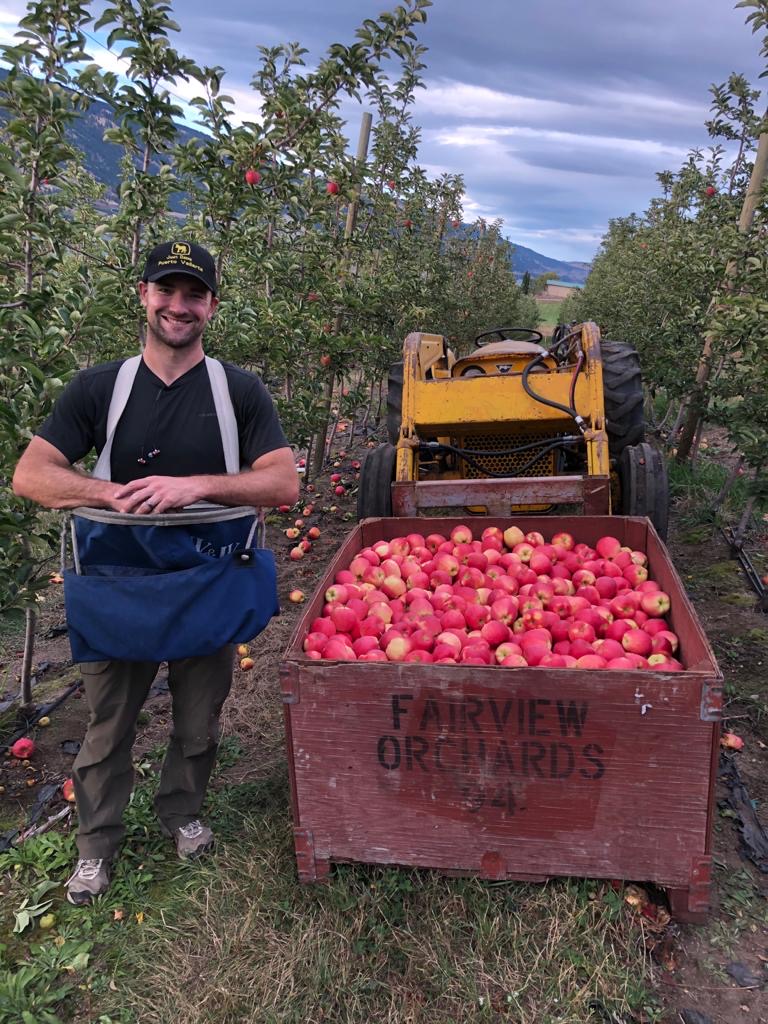
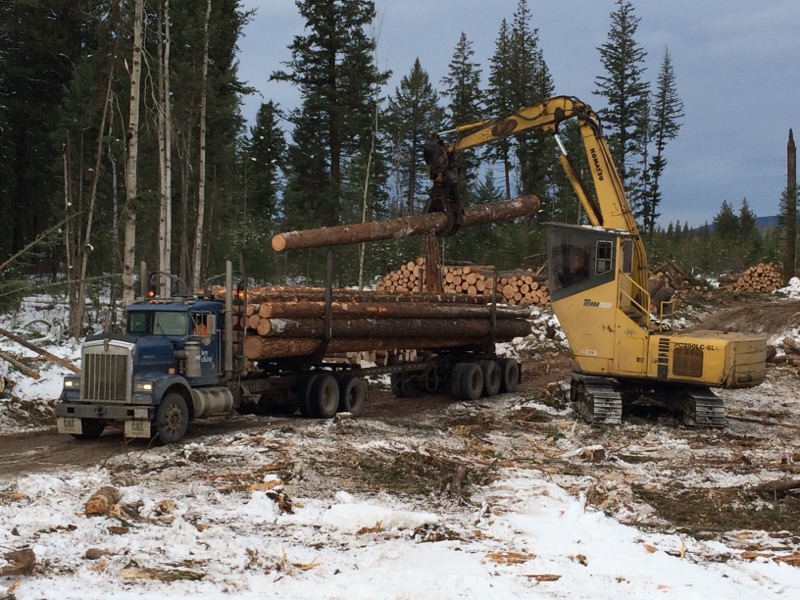
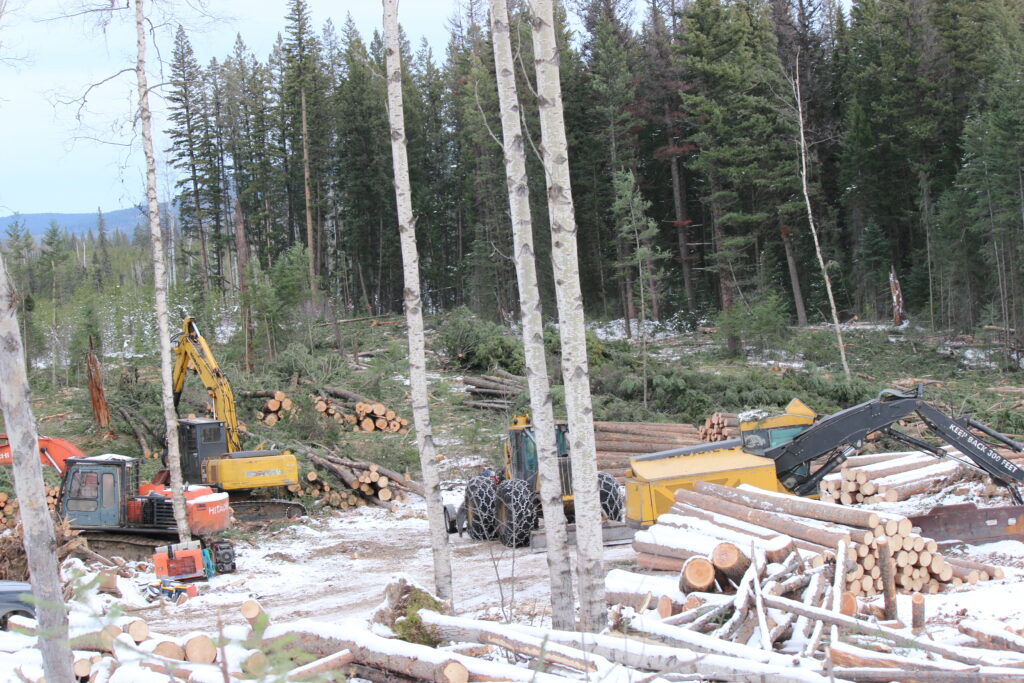
Woodlots for the Future
Being a woodlot licensee has shaped how Allingham operates in life and business. Whether he’s packing around tree seedlings or apples or one of his 3 young children, Allingham knows that his hands-on involvement today is an investment for the future.
“Woodlot licences are hard to acquire and I see it as a blessing to be able to manage it,” says Allingham, who obtained W1052 near Quesnel in 2016 when he was 32 years old. At the time he was working and living in Quesnel but has since moved back to Lake Country to help with the family orchard business.
With time on his side, Allingham could potentially see the tree seedlings that he planted 6 years ago become a 40-year-old stand within his lifetime. “The management vision is long term,” he says, noting that his aim would be that his kids take over some day.
“I hope there are opportunities for younger people to access woodlot licences in the future. It’s great to see that many licences are being passed on to the next generation.”
As a younger licensee, Allingham continues to value the experience and camaraderie of other licensees in the program. He says the annual conference of Woodlots BC provides a venue for woodlot licensees to share their knowledge and experiences. This year’s conference is being held in Quesnel from October 3 to 5.
“I’ve been fortunate enough to tour 10 to 15 woodlots throughout the interior, so I always really enjoy hearing about licensee’s personal connections to the land, how they acquired the licence, and their own bent on managing their woodlot,” he says. “A lot of us share woodlot management as a passion, and you can really see that showcased at the woodlot conferences.”
Biodiversity
Speaking of special interests, Allingham is keen to expand mule deer winter range in his woodlot, which in turns means managing for habitat enhancement, biodiversity and uneven aged stands of coniferous trees. As an avid hunter, Allingham is of course interested in seeing more deer on his woodlot but managing this way gives him scope when planning road rehabilitation, planting and exploring funding opportunities.
“Because of the distance from where I live, I don’t hunt my own woodlot but I still want deer to thrive there,” he says.
Woodlot 1052 is 600 ha split into two parcels with another woodlot positioned in between. It had been logged heavily for pine beetle salvage so it had a smaller cut, which also meant that as a young interested buyer, Allingham could afford it. Any mature timber that’s left is Douglas Fir with some spruce stands. Much of the regeneration is pine with a healthy component of Douglas Fir and spruce.
“Quesnel really is a great growing site and it’s amazing seeing the growth in areas planted by the previous licensee in 2002-2004. Now those stands are 7-8m tall,” he says.
One of Allingham’s biggest challenges is that he now lives five hours away from his woodlot. However, since he worked in the area for many years and started his woodlot and forestry business ventures there, he already knew a lot of the contractors. A local small logging company does all the harvesting, while Allingham, as an RPF, does the consulting work for it.
Teaming Up
When Allingham purchased the woodlot in 2016, he had a business partner, Jesse Hodgins, who also acquired a woodlot around the same time. They have since gone their separate ways, but remain friends, as they have been since university days. Allingham says that starting out in woodlots together was priceless.
“It was the best way to learn about managing a woodlot,” Allingham emphasizes. “Partnering up with someone on certain aspects of management was an awesome experience. Jesse was a big help and it was a lot of fun working with him.”
The defining feature of a woodlot licence is that it is small-scale forest tenure, managed by individuals, families or small businesses. This lends itself to being a prospective landscape for innovation and adaptive management practices.
“I think we have the ability to try out and implement innovative harvesting and silvicultural practices that the majors won’t,” says Allingham. “For example, I’ve seen some exceptional takes on patch cuts and selective logging that mirror the licensee’s interest in wildlife habitat management or how to increase timber production. These practices are adding diversity to the way we manage forests, while also practicing good stewardship and making economic sense.”
It’s this sort of thinking and creativity that will shape the woodlot program in the future. Whether it’s selective logging, commercial thinning, carbon credits, wildfire risk reduction or other innovative initiatives, woodlots, and the licensees who manage them, are poised to make an impact.


